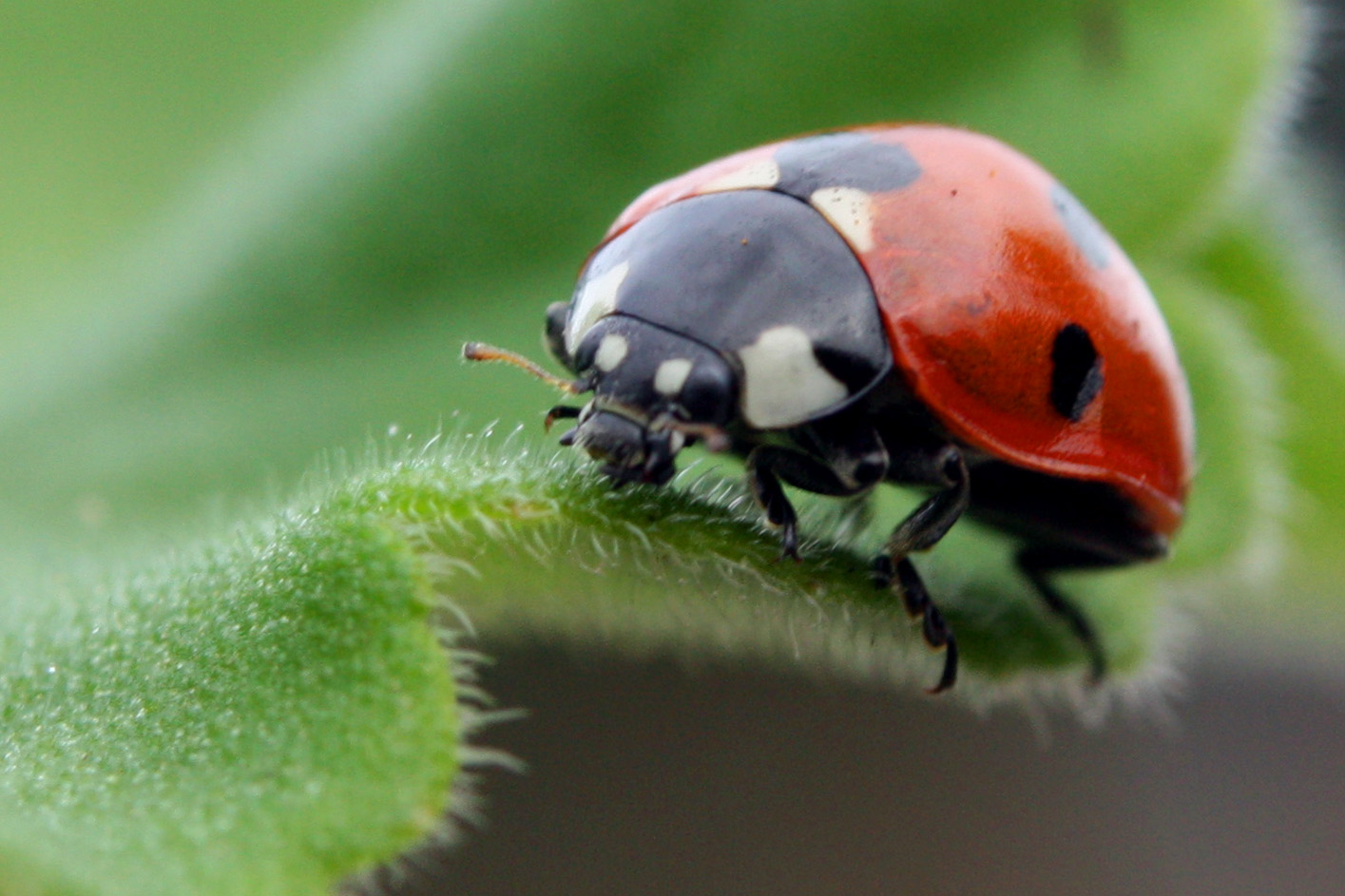Clouds building over the Mogollon Rim and storms along the
Sierra Madre indicate that the monsoon rains will soon arrive and now is the
time to make sure that you are ready to capture, store and use storm water to
irrigate garden and landscape plants.
Water harvesting it is called, and in the desert, water is
such a precious resource that those who live here are always looking for good
ways to make every drop count.
Each year during the winter wet season and the summer
monsoon, many gallons of water fall onto hard surfaces like roofs, carport
driveways and patios. A water catchment
system to harvest this often wasted water is a good way to save money on the
water bill. It is also helps us be good
stewards of a very precious resource.
For centuries, people have struggled to survive in
water-scarce environments. In so doing, unique systems have been devised to
manage those limited water resources. One strategy has been to capture and
concentrate rainfall to irrigate crops or to supply water for people and
animals. This practice, known as water harvesting, offers some excellent
possibilities for the home landscape.
The most important component of a rainfall harvesting system
is rain. Desert environments are always
short of this precious commodity and the drought cycles make it even more
difficult. However, every little bit
that can be captured can help keep plants healthy.
In Arizona, water harvesting for crop production is best
suited in areas that receive more than 10 inches of rain annually and where
summer temperatures do not exceed 100 degrees F. In Pinal County, annual
rainfall averages between 8 and 12 inches annually, starting from the west side
of the county and working east. Casa Grande averages 8.2 inches a year,
Florence 9.8, and the San Pedro Valley between 10 and 12 depending upon the
elevation.
Temperature is important to consider because evaporation is
directly tied to how hot it gets during the day. The hotter the day, the faster water will
evaporate from a surface. Closed storage
systems help prevent evaporation losses while the water is being kept for
future use.
The other major component of a water harvesting system is a
series of hard surfaces coupled with a delivery system to bring the water to
the root zones of landscape plants. In
higher rainfall areas, the storage facility becomes even more important as it
accumulates and protects the excess harvested water.
Water harvesting systems capture water in three principal
ways. These are described as water-spreading systems, diversion/terrace
systems, and micro catchment systems. The first two probably do not have
application in an urban setting as they involve diverting water from desert
washes and applying it to cropping areas. The early cultures of Arizona were
masters at these techniques and used them to good advantage.
Residential water harvesting systems utilize variations of
the micro catchment system. The amount of water that can be collected depends
upon the amount of rainfall received and the square footage of the catchment
surface. There are many factors to be
considered, including the influence of wind on how the rain falls and the pitch
of a roof but a good rule of thumb is to expect about 0.623 gallons of water
per square foot of hard surface during a one inch rain.
Using this conversion factor, a flat roof 1000 feet square
could collect 623 gallons of rain water during a rainfall event of one
inch. This would be enough to irrigate a
line of plants along a well prepared drainage channel in a desert
landscape. If a drip irrigation system
with a good filter and a gravity pressure system were available, it could irrigate a larger area.
A typical residential water harvesting system uses several
different types of hard surfaces to collect or channel rainwater. Rooftops, garage roofs, driveways and
carports, sidewalks, tennis courts or other play surfaces and the ground
surface itself can all be used.
Rainfall that is captured from rooftops can be concentrated
with eave gutters and down spouts before being diverted to garden or storage
areas. If the storage tank is at a high
point on the property, a manual outlet valve could be opened to drain water by
gravity flow but, if this is not possible a small sump pump will help deliver
water to where it is needed.
Another benefit of roof top water harvesting is the cleanliness
of the water. Roofs are usually fairly
free of sand and other debris that could clog emitters in drip irrigation
systems. The water coming from the roof
should be checked, however, to make sure that it has not picked up anything
that could damage the system. If so, the
water will probably require just a minimum of filtering before it is used.
Surfaces at ground level can be constructed in such a way
that water can be directed to appropriate locations within the landscape, such
as the beginning of a water channel or to the wells around trees and
shrubs. The complexity of the system
will be directed by the terrain and type of plants in the landscape.
Land surfaces can be shaped and contoured to encourage
runoff during rainstorms. If the
planting is some distance from the collection area, planning and careful
engineering can take the captured water to the desired location.
Micro catchment systems offer excellent possibilities to the
home gardener and variations allow a diverse range of applications depending
upon the particular need of the location. Water catchment can be as simple or
as complicated as the landscape requires but good planning will always be a key
to success when installing these systems.
Effective water harvesting concentrates rainwater runoff for
use in irrigating landscape plants. Not
only are they fun projects to occupy part of our gardening time but, once in place,
we get the added benefit of seeing our landscape plants get watered
automatically while we sit in our easy chairs and watch it rain.



